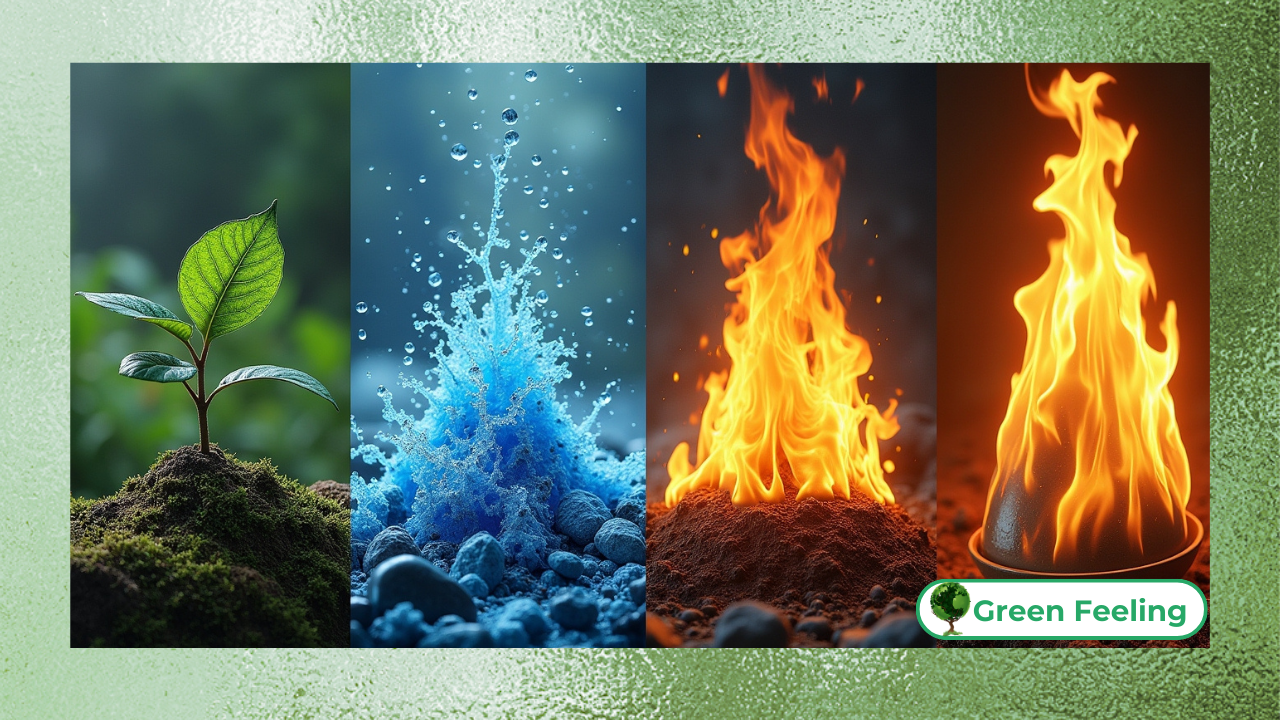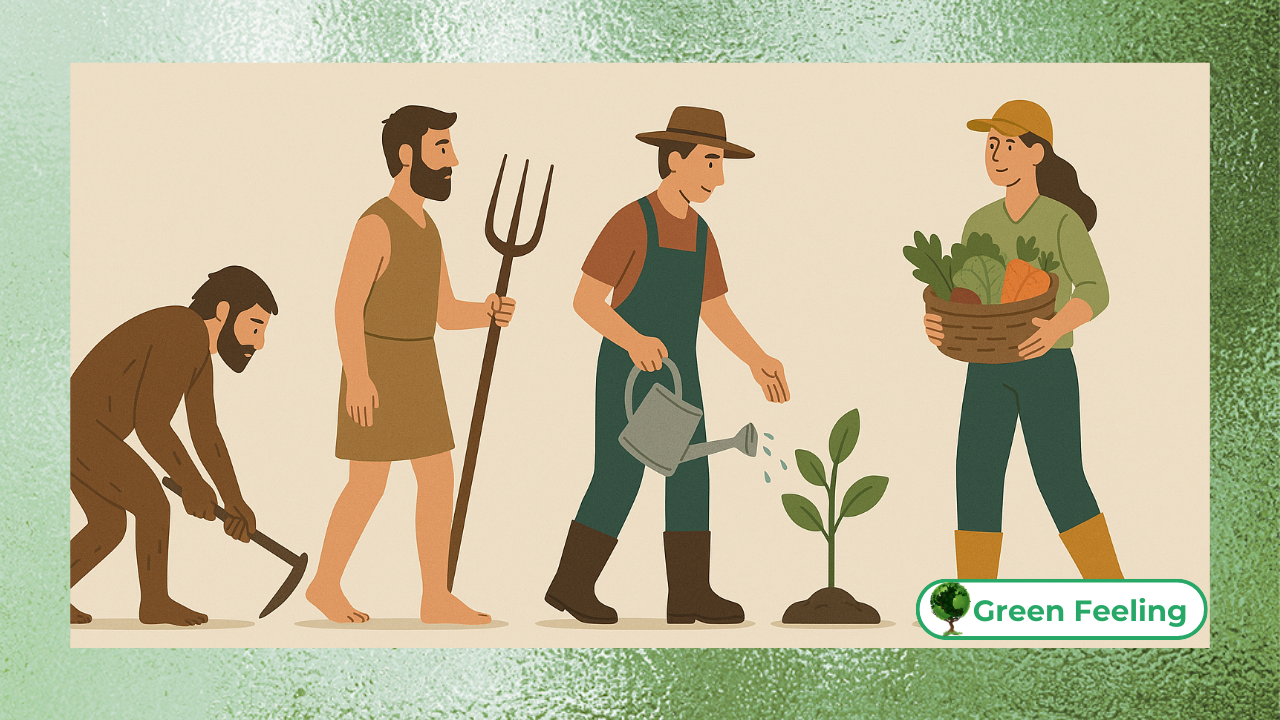Tree-Planting Robots: How Technology Is Helping Reforest the Planet
As the world faces unprecedented deforestation rates – with approximately 10 million hectares lost annually according to the UN Food and Agriculture Organization – an unlikely ally has emerged in the fight to restore our planet’s lungs: tree-planting robots.

These advanced machines represent a revolutionary convergence of ecological urgency and technological innovation, offering hope where traditional reforestation methods struggle to keep pace.
The numbers are staggering – the World Economic Forum estimates we need to plant 1 trillion trees to meaningfully combat climate change, a figure human planters alone could never achieve.
Robotic planting systems are rising to this challenge with astonishing capabilities: some models can plant up to 100,000 trees per day, operate in terrain inaccessible to humans, and achieve survival rates surpassing manual planting.
Yet this technology raises profound questions about our relationship with nature – can machines truly heal the Earth, or are they merely treating symptoms of deeper ecological imbalances?
The Science Behind Robotic Reforestation
Modern tree-planting robots incorporate cutting-edge technologies that make them vastly more efficient than human crews:
- AI-powered vision systems identify optimal planting locations
- Drone swarm technology enables large-scale aerial seeding
- Self-learning algorithms improve survival rates over time
- Robotic arms with specialized tools handle delicate saplings
- Solar-powered operation maintains carbon-neutral performance
The most advanced systems combine these features into end-to-end solutions:
| Technology | Function |
Advantage Over Manual Planting
|
| Autonomous drones | Aerial seeding |
10x faster coverage
|
| Crawler robots | Rough terrain planting |
Access difficult areas
|
| AI soil analyzers | Site selection |
30% higher survival rates
|
| Seedpod robots | Encapsulated planting |
Protect young trees
|
As robotics engineer Dr. Susan Graham notes in Nature Machine Intelligence:
“These systems don’t replace human planters – they augment our capabilities in the same way tractors augmented farming.” – Susan Graham.
The technology is most effective when combined with traditional ecological knowledge.
+ What Is Urban Greening? Discover the cities of the future
Global Leaders in Robotic Reforestation
Several nations have emerged as pioneers in deploying tree-planting robots at scale:
Canada’s Flash Forest Project
- Uses drone swarms to plant 100,000 trees monthly
- Specializes in post-wildfire reforestation
- Achieves 80% survival rate with proprietary seedpods
Read More: Flash Forest Project
Australia’s AirSeed Technologies
- Deploys AI-powered drones planting 40,000 trees daily
- Focuses on mangrove restoration
- Uses big data to track growth patterns
Read More: AirSeed Technologies
Norway’s BioCarbon Engineering
- Operates in former mining sites
- Combines drones with ground robots
- Partnered with Myanmar to restore 250,000 hectares
Read More: BioCarbon Engineering
Brazil’s MORFO Robots
- Targets Amazon rainforest edges
- Plants native species exclusively
- Integrates with satellite monitoring
Read More: Morfo Robots
Environmental scientist Dr. Carlos Nobre observes:
“In the Amazon, robotic planting could help create ‘living firebreaks’ to contain deforestation.” -Carlos Nobre.
This application shows how technology can work with natural systems rather than against them.
+ Nature and Design: Biophilic Architecture and Its Practical Applications
Breakthrough Robotic Planting Systems
The current generation of tree-planting robots includes several innovative designs:
1. Ecorobotix (Switzerland)
- Solar-powered autonomous vehicle
- Plants while removing weeds
- Precision micro-spraying reduces herbicide use
2. TreeRover (Canada)
- All-terrain planting robot
- Handles up to 10,000 seedlings daily
- Real-time soil analysis capability
3. Dendra Systems (UK)
- Aerial seeding drones
- 150kg payload capacity
- Machine learning improves drop accuracy
4. Fujitsu’s Forest Restoration AI (Japan)
- Predicts optimal planting patterns
- Monitors growth via IoT sensors
- Adjusts maintenance schedules automatically
The Ecological Impact of Robotic Planting
Early results suggest significant environmental benefits:
- 150% faster reforestation rates compared to manual methods
- 25-40% higher tree survival in monitored projects
- 60% reduction in planting costs over 5-year periods
- 3x more biodiversity in robot-planted areas (due to precise species selection)
However, critics highlight important limitations:
- High initial technology costs
- Limited ability to plant complex ecosystems
- Dependence on technical expertise
- Potential job displacement concerns
+ Vertical Gardens: The Green in Urban Spaces
Future Developments in Robotic Reforestation
Emerging innovations promise to address current limitations:
1. Mycorrhizal Network Integration
Robots can now inoculate seedlings with symbiotic mycorrhizal fungi, promoting underground nutrient-sharing networks between plants.
This strengthens forest regeneration and mimics natural ecological relationships found in thriving, biodiverse forest ecosystems:
- Robots inoculate seedlings with beneficial fungi
- Enhances nutrient sharing between plants
- Recreates natural forest relationships
2. DNA-Encoded Seedbanks
Seedbanks encoded with DNA preserve genetic diversity while enabling targeted species deployment.
These custom-selected seeds are designed to withstand climate change, invasive pests, and ensure ecological resilience across varied environments:
- Preserves genetic diversity
- Allows customized species deployment
- Protects against climate shifts
3. Swarm Learning Systems
Swarm-based robotic systems share real-time field data to continuously improve planting strategies.
They dynamically adapt to variables such as soil health, weather changes, and ecosystem feedback for optimized reforestation:
- Robots share field data in real-time
- Continuously improve planting strategies
- Adapt to changing conditions
4. Self-Replicating Robot Trees
Experimental robotic trees create shade and moisture to form microclimates that support natural seedling growth.
Designed to biodegrade after a few years, they enrich the soil and vanish without ecological harm:
- Experimental “tree robots” provide shade
- Create microclimates for natural seedlings
- Biodegrade after several years
+ What Are Agroforests? Discover the Main Types and Benefits
Ethical Considerations in Robotic Reforestation
The rise of planting robots raises important questions:
- Does mechanization distance us from nature?
- Who controls the algorithms guiding restoration?
- How do we balance efficiency with ecological complexity?
- What happens to traditional planting communities?
As philosopher Dr. Freya Mathews argues in Journal of Environmental Ethics:
“Technology can help repair nature, but only if guided by deep ecological ethics.” – Freya Mathews.
This perspective suggests robotic planting should complement rather than replace human stewardship.
What Do You Think About Tree-Planting Robots?
The potential of robotic reforestation is undeniable – these systems could help us plant trees at the unprecedented scale needed to combat climate change.
Yet the technology also challenges us to reconsider our relationship with nature in the Anthropocene era.
Are these machines a temporary bridge to more sustainable societies, or do they risk becoming another form of ecological domination?
Your perspective matters in shaping how this technology develops. Should we embrace robotic planting wholeheartedly, or maintain cautious optimism?
The answer likely lies somewhere between these poles – recognizing robots as powerful tools that must remain subordinate to ecological wisdom and democratic control.
+ Sustainable Practices in Asian Rural Architecture
Conclusion
Tree-planting robots represent one of the most promising applications of modern technology to environmental restoration.
When designed with ecological sensitivity and deployed in partnership with local communities, these systems could help humanity turn the tide against deforestation and climate change.
However, their ultimate success won’t be measured in trees planted alone, but in how well they help us restore balanced relationships with living ecosystems.
As we stand at this technological frontier, we must remember that no machine can replace the profound cultural shift required to truly heal our planet – one that values all life, not just the metrics of productivity.
References:
- Graham, S. (2022). Robotic Restoration Ecology. Nature Machine Intelligence.
- Nobre, C. (2021). Amazonian Restoration Technologies. Science Advances.
- Mathews, F. (2020). Ethics of Technological Ecology. Journal of Environmental Ethics.
- World Economic Forum. (2023). Global Reforestation Technology Report.
- UN Food and Agriculture Organization. (2022). State of the World’s Forests.
- MIT Technology Review. (2023). The Rise of Climate Repair Robots.






